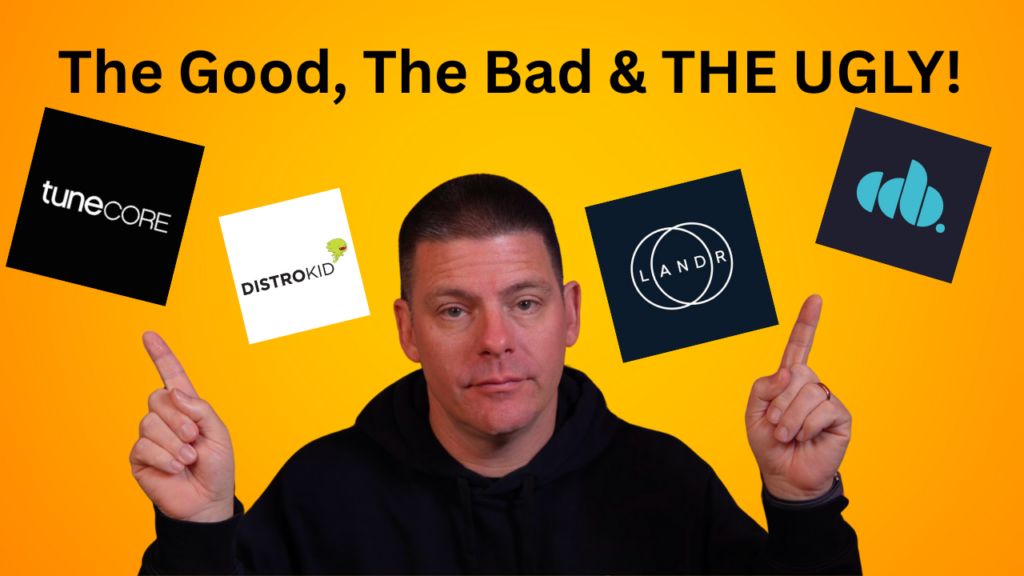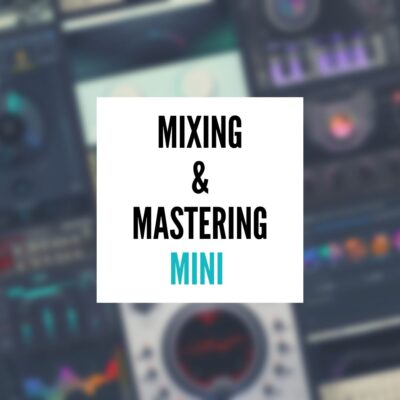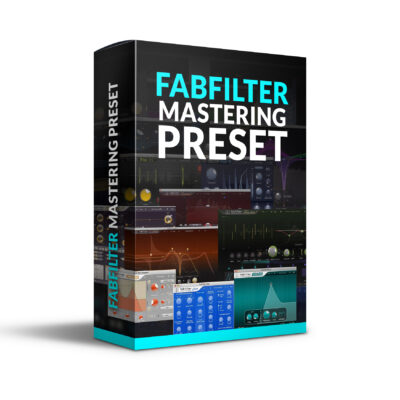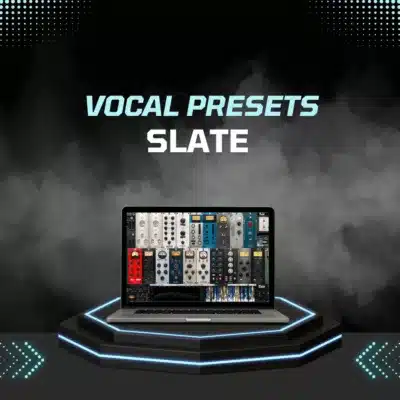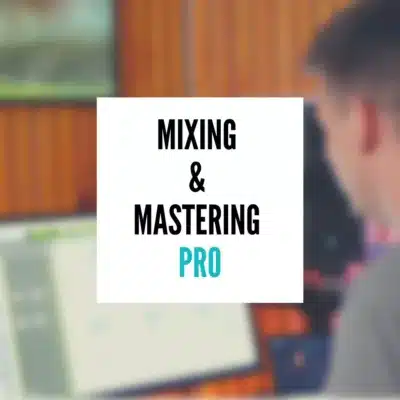How to Release Music on Spotify: A Real-World Guide for Independent Artists
Releasing your music on Spotify isn’t just about uploading a file and hoping for the best. It’s a process—a launch, really—that combines creative intent with technical precision and marketing savvy. Whether you’re a bedroom producer dropping your debut single or a seasoned indie artist planning an EP rollout, getting it right means giving your music the best shot at real visibility.
This guide breaks down the release process into clear, actionable steps. No fluff, no recycled tips—just the essential knowledge you need to get your music onto Spotify and make sure it actually gets heard. Let’s start at the foundation.
1. Understanding Spotify’s Role in Music Distribution
Why Spotify Matters
Spotify is more than just a streaming platform. It’s one of the central hubs where music discovery, fan connection, and data-driven growth converge. With over 600 million active users, including more than 200 million paid subscribers (as of Q1 2024), Spotify’s ecosystem is engineered to reward music that resonates—and punish music that gets lost in the noise.
With over 120,000 songs released per day on the platform it’s essential to get all the steps right.
Spotify Is Not a Distributor—But It Partners With Them
Here’s a key distinction many new artists miss: Spotify doesn’t accept direct uploads from independent musicians.You can’t just drag and drop your WAV file into Spotify and hit “go.” Instead, you’ll need to use a digital music distributor (more on that in Section 3), who acts as the bridge between your finished track and Spotify’s backend.
Spotify partners with a number of preferred distributors—like DistroKid, CD Baby, and Amuse—who can help you manage metadata, deliver your files in the correct format, and even handle royalty splits with collaborators. The quality and professionalism of your distributor directly impact how smoothly your music lands on the platform.
2. Preparing Your Music for Distribution
Before you even think about uploading to Spotify, your music needs to be release-ready—not just creatively, but technically. This stage is often underestimated by new artists, but it’s where you set the foundation for everything that follows. Poorly prepared tracks won’t just sound weak—they’ll struggle to get playlisted, picked up by the algorithm, or taken seriously by listeners.
Here’s what you need to lock in before sending your track off to a distributor.
High-Quality Audio Is Non-Negotiable
Spotify may compress audio for streaming, but that doesn’t mean you can skimp on quality. You should be delivering fully mixed and mastered WAV files (16-bit, 44.1 kHz minimum)—no exceptions. This is where many DIY musicians slip: they finish production and upload a rough master without giving the final mix the attention it deserves.
If you’re unsure whether your mix stacks up to commercial standards, consider getting a second set of ears on it. I offer professional online mixing and mastering services for artists who want their music to compete sonically with what’s already charting. Whether you’re aiming for a polished pop vocal or a dynamic, analog-style master, investing in this final step can mean the difference between being skipped or saved.
→ Tip: Uploading low-quality audio can result in rejections from your distributor or audible issues once your track is live. Make it sound great before it ever leaves your hard drive.
Metadata: The Digital ID of Your Song
Think of metadata as your song’s passport. It includes essential info like:
-
Artist name(s)
-
Song title
-
Release date
-
Genre
-
Explicit content flag
-
ISRC and UPC codes
-
Songwriter/composer credits
Spotify uses this data to catalog your release, route royalties, and place your music in front of the right listeners. One typo or inconsistency here can cause massive headaches—missing credits, incorrect profiles, or misrouted earnings. Luckily your distributor should handle all of this.
Follow Spotify’s official metadata formatting guidelines to avoid common mistakes. Clean, consistent metadata equals a smooth release.
Don’t Sleep on the Cover Art
Your track’s cover art is the first impression a listener gets—make it count. Distributors require high-resolution square images (usually 3000 x 3000 pixels, JPG or PNG), with no URLs, social media handles, or contact info on the image. If your artwork violates these rules, your distributor will kick the file back.
A cohesive visual identity also matters. Listeners who see consistent branding across your Spotify profile, social media, and cover art are more likely to remember you—and follow.
Set Your Timeline: At Least 2–4 Weeks Before Release
Too many artists wait until the last minute to upload their music. Spotify recommends submitting your release at least 7 days in advance, but 2–4 weeks is ideal—especially if you want to pitch your song for editorial playlists via Spotify for Artists.
3. Selecting a Digital Distributor
Once your track is polished, mixed, mastered, and ready to meet the world, the next step in releasing music on Spotify is choosing a digital distributor. And while this might seem like a behind-the-scenes formality, it’s actually one of the most critical decisions you’ll make in the entire process.
Spotify doesn’t let artists upload music directly to its platform. That’s not a bug—it’s a design choice. They rely on distribution partners to handle the delivery and formatting of your music, ensuring that every file and piece of metadata lands in the right place, at the right time, with no hiccups. It’s a system that works well when you have the right distributor. When you don’t, you’ll feel it—fast.
The good news is, you don’t have to search blindly. Spotify maintains a list of preferred distribution partners—companies that have been vetted for reliability, technical compliance, and artist support. These include names you’ve probably heard of: DistroKid, CD Baby, TuneCore, Amuse, and AWAL, among others. They all do the job, but they each have a different approach to pricing, features, and artist experience.
Choosing between them comes down to your priorities. Some distributors, like DistroKid, offer unlimited uploads for an annual flat fee, which makes sense if you’re releasing music regularly. Others, like CD Baby, charge per release but offer deeper integrations for sync licensing and physical distribution. If you’re a data geek, TuneCore might appeal with its more granular royalty reporting and backend analytics. Artists with a bit of momentum might aim for AWAL, which curates its roster and leans more toward label-level support. Check out my article on the Best music Distributors of 2025 for a breakdown of all the services.
It’s also worth noting that not all distributors offer the same support when things go sideways. Some are self-service and hands-off by design. Others provide direct artist support, but only on higher tiers or through limited channels. If you’ve ever had a track show up under the wrong artist profile—or disappear from streaming altogether—you’ll understand how crucial good support can be.
And here’s something else artists sometimes forget: once your track is distributed, that version lives in Spotify’s system. If you discover a mastering error, an incorrect ISRC code, or a missing credit later, fixing it can be a slow and frustrating process. That’s why I always urge artists to lock in their final mix and master before uploading anything. Get it sounding right. Get it sounding competitive. If you need help there—that’s exactly the kind of work I specialize in.
Once you’ve chosen your distributor, the next phase is execution: uploading your track, setting your release date, and making sure everything’s lined up for launch. We’ll cover that in the next section, including how to pitch your music to Spotify’s editorial team.
4. Uploading and Releasing Your Music
With your distributor selected and your track finalized, it’s time to actually get your music onto Spotify. This is where everything becomes real. It’s no longer a project in progress or a file on your desktop—it’s a release. But to make it a good release, you need to treat this stage like a launch, not a casual upload.
Once you log into your distributor’s platform, you’ll go through a structured process: uploading your WAV file, inputting all your metadata, uploading cover art, selecting a release date, and specifying which platforms you want the music to appear on. For Spotify, this process is usually seamless—especially if you’ve prepped properly. But even small errors at this point can lead to delays or awkward public-facing issues, like typos, incorrect artist links, or missing credits.
One of the most important choices you’ll make here is your release date. Many distributors will let you pick a date just a few days out—but if you’re serious about promotion, that’s cutting it way too close. Spotify recommends a minimum of 7 days’ lead time, but in practice, you should aim for 2 to 4 weeks ahead of release. This gives you enough time to promote the drop, coordinate with collaborators, and—crucially—submit your track for playlist consideration through Spotify for Artists.
Playlist pitching is one of the best free promotional tools available to independent artists, and yet, too many skip it. When your track is properly submitted in advance, it can be reviewed by Spotify’s editorial team, who curate playlists like Fresh Finds, New Music Friday, or genre-specific sets. While there’s no guarantee you’ll be placed, getting into their system early and often is how many indie artists start building real momentum.
To do that, you’ll need access to your Spotify for Artists dashboard, which should be set up and verified before release day. Once your distributor delivers the track, it should appear in your dashboard within a few days under “Upcoming.” From there, you can pitch one song per release to Spotify’s team, describing the vibe, genre, and promotional plan behind it.
It’s also worth double-checking everything at this stage. Verify that your name, song title, and cover art are displaying correctly. Make sure your collaborators are properly credited. If you have featured artists, producers, or writers, now is the time to list them. Not only is this the right thing to do—it also makes your release more discoverable and improves its chances of being surfaced in playlists and related tracks.
Once the track is live, the release doesn’t end—it evolves. Spotify’s algorithm will start reacting to the first 24 to 48 hours of listener behavior. Are people finishing the song? Saving it to their library? Following your artist profile? All of this data feeds back into how the platform ranks and recommends your music.
Conclusion: Your Spotify Release, Done Right
Spotify can be a powerful tool for building an audience—but only if you approach it with the same care you put into the music itself. Treat the release like a launch, not an afterthought. Get the technical details right, set yourself up for visibility, and back it with a solid promotional push.
If you’re feeling overwhelmed or unsure about whether your track is ready, you’re not alone. That’s exactly why I offer professional mixing and mastering services tailored to indie artists who want to sound radio-ready without the major label price tag. Because when your music sounds right, the whole process just works better.
Now that you know how to release music on Spotify the right way, it’s time to put it into motion—and give your song the launch it truly deserves.


